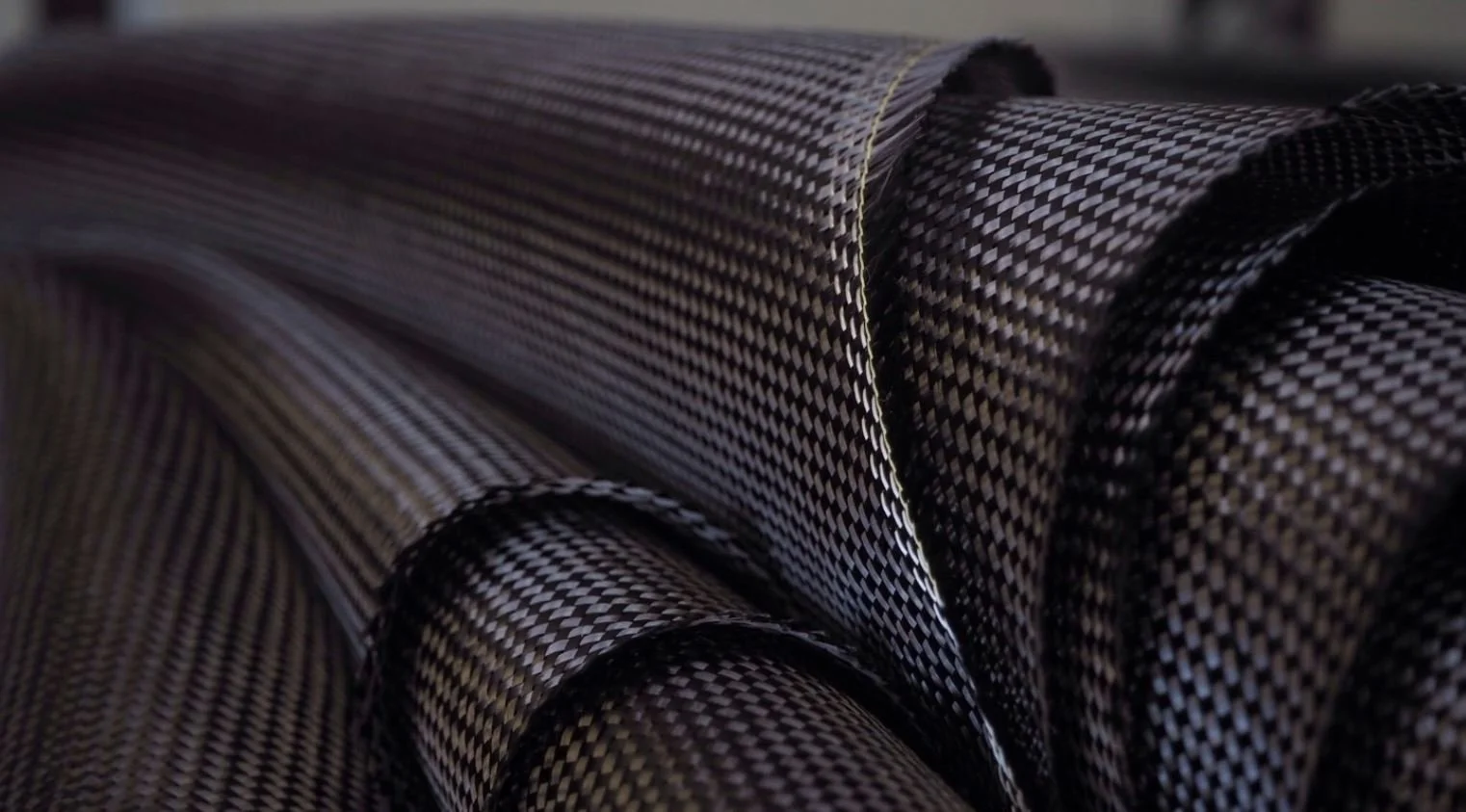After carbon fibers are produced and prepared, they are often woven into various fabrics. The process starts with bundles of carbon fibers, known as tows. These tows are categorized based on the number of individual fibers they contain, such as 3k, 6k, 12k, or 48k—where "k" means "thousand." For instance, a 3k tow includes 3,000 filaments. Despite each filament being extremely thin—about 5-10 microns in diameter—the sheer quantity of these fibers packed together gives carbon fiber materials their renowned strength.
Carbon Fiber Weaving Techniques
Once carbon fiber is spun onto spools, it is woven into fabrics using looms. The most common weave styles include plain weave, twill weave, and satin weave.
Plain Weave
Also known as a 1x1 weave, the plain weave is easily identifiable by its simple checkerboard appearance. It features an over-under pattern where each tow alternates, creating a fabric that’s tightly woven and very stable. Fabric stability refers to the material’s ability to hold its structure without the fibers shifting or the angles of the weave distorting.
This weave’s rigid nature makes it less suitable for shaping around complex curves, but it is ideal for flat surfaces, tubes, and slight curves. Because the fibers interlock tightly, plain weaves tend to experience high crimp, or the bending of fibers at each intersection. Over time, this can lead to weak points, especially in areas that endure constant stress.
Twill Weave
The twill weave is one of the most well-known patterns in carbon fiber fabrics, often featuring a 2x2 or 4x4 design. In this pattern, the fibers cross over two tows and then under two tows (or four in the case of a 4x4 weave), creating a recognizable diagonal pattern.
Compared to plain weave, twill allows for more flexibility and better drapability over curved surfaces. Its more open structure, with fewer interwoven points, means less crimping, reducing the risk of weak spots. However, the increased flexibility makes it a bit more prone to distortion during handling, so care must be taken when working with it. Generally, a 4x4 twill is more formable but slightly less stable than the 2x2 version.
Satin Weave
Harness satin weaves offer a balance between flexibility and smooth appearance, making them ideal for forming around complex shapes. Originating from ancient weaving techniques used to create silk, satin weaves in carbon fiber provide smooth, seamless surfaces.
Common harness satin weaves include four-harness satin (4HS), five-harness satin (5HS), and eight-harness satin (8HS). The numbers represent the number of tows passed over before one is passed under. For example, a 4HS weave involves passing over three tows before passing under one, while 8HS means passing over seven tows before going under one.
Higher-numbered satin weaves (like 8HS) are more formable and better suited for complex contours but offer less stability than lower-numbered weaves. This means they can easily adapt to irregular shapes but may shift or deform under stress if not properly handled.
Other Carbon Fiber Weave Options
Beyond these common patterns, carbon fiber can be woven in a variety of specialized ways depending on the specific needs of a project. For instance, spread tow fabrics, unidirectional weaves, and braided weaves all have their unique properties. Each weaving style brings distinct advantages—some prioritize strength, others prioritize formability or flexibility.
Selecting the right carbon fiber fabric requires a deep understanding of the material's performance in relation to its intended use. Factors such as crimp, strength, formability, and stability all play a role in determining the best weave for a particular application. Skilled fabricators are adept at choosing the optimal fabric to ensure the carbon fiber performs as required for the design.

